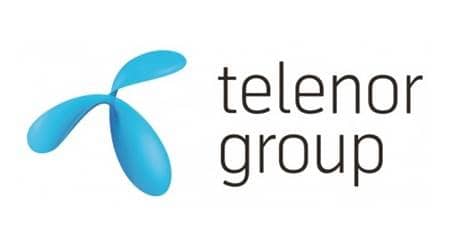Telenor presented its tech trends at the ongoing Mobile World Congress 2015, sharing insights and views on the global state of connectivity, technology and the quickly closing gaps between the developed and emerging worlds. Telenor highlighted how the continuous evolution of devices from feature phones to smartphones are fueling the growth of internet-powered services in every part of the world. Telenor whose business presence covers a large part of Asia and Eastern Europe apart from its base in Scandinavia, has been unveiling a number of initiatives that enable masses in the emerging markets to have internet access on mobile devices, via sponsored data, and via solutions such as Opera Web Pass. With more affordable internet connected devices, Telenor expects the year 2015 to onboard a lot more people onto the mobile Internet culture.
The following are the excerpts from Telenor's top five trends as shared at the MWC: :

#5 – A continuing trend that envelopes others: Mobile networks and distribution networks are enablers of fundamental services and sustainability work on part of NGOs, companies, governments and communities around the world. Distribution networks are a key part of this, too. We are currently using the 1.2 billion physical touch points to help people get access to network products and are now further developing this capacity to educate and help people use new services. This includes helping them convert physical cash into digital currencies so that they can fully participate in the digital economy.

#4 – Connected sensors will help users take more power over their health and homes in 2015. Increased value from network-connected sensors, whether in phones, watches or single purpose devices (health equipment) will maximize opportunities in many markets in the areas of health and the Internet of Things, as examples. The customizability and always-on features of mobile phone sensors represent one of the most important game changers in decades.

#3 – We’ve been saying that local content is a driver of internet uptake and gives the digitally inexperienced more reasons to use mobile technology. One of the main reasons many people in undeveloped markets do not want to use the internet is because there is a great lack of relevant local content in local languages. And in 2015, the rising demand for local content from customers as well as skyrocketing internet penetration will be matched by the local production if it. We’ll see more locally relevant content and local-language input technology and social networks – generated by organizations like Wikimedia, armies of volunteers, and entrepreneurial local startups. In 2015, local content will be king, and we hope to see at Mobile World Congress other ideas that take on these challenges.

#2 – Mobile money goes big – in both advanced and emerging economies. Worldwide, nearly half of smartphone owners would prefer to use their phone to pay for goods and services and 80% say the smartphone will replace their entire wallet by 2020 – starting with Europe, the U.S. and areas of the Asia Pacific as mobile money goes mainstream. We also expect many more, local applications of mobile finance geared to unbanked or remote communities – representing hundreds of millions of people in younger mobile markets like Pakistan, India, Bangladesh and Myanmar.

#1 – This is the year mobile internet will truly break into the mass market in the world’s most populous emerging economies – like India, Pakistan, Bangladesh. Smartphones soared in 2014, but internet penetration in markets like these is still less than 15%. But 2015 will mark the beginning of a climb like nothing we have ever seen. We expect internet penetration to reach 80% of our subscriber base by 2017 and we think national rates will reflect this. This will in large part be encouraged by partnerships with organizations like Wikimedia to make content free to use, as well as smarter packaging like Telenor has finessed with Opera Mini, Whatsapp and Facebook to help people lower megabyte consumption and increase affordability and accessibility.




















